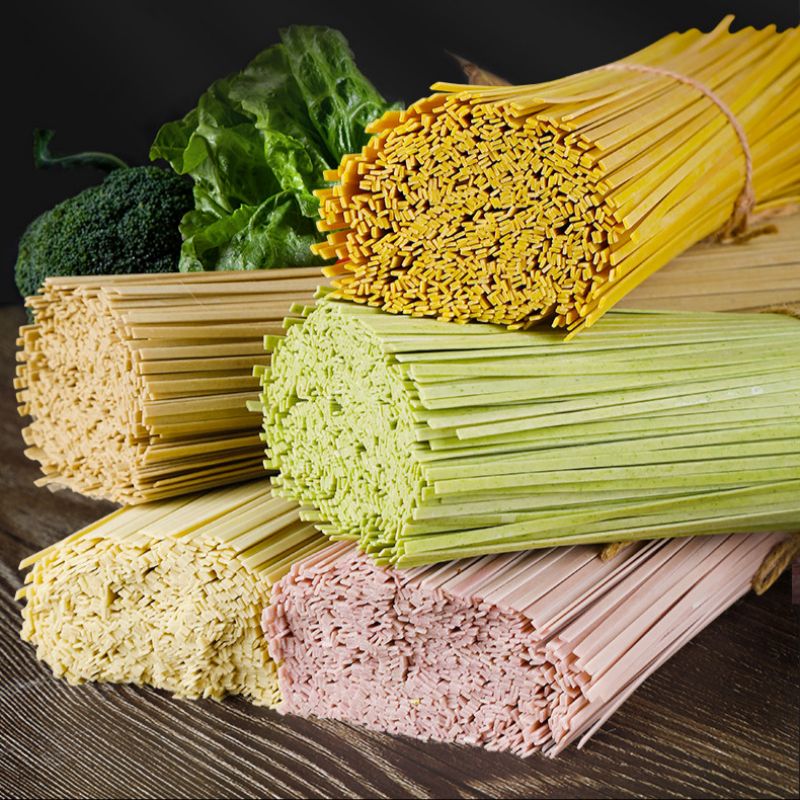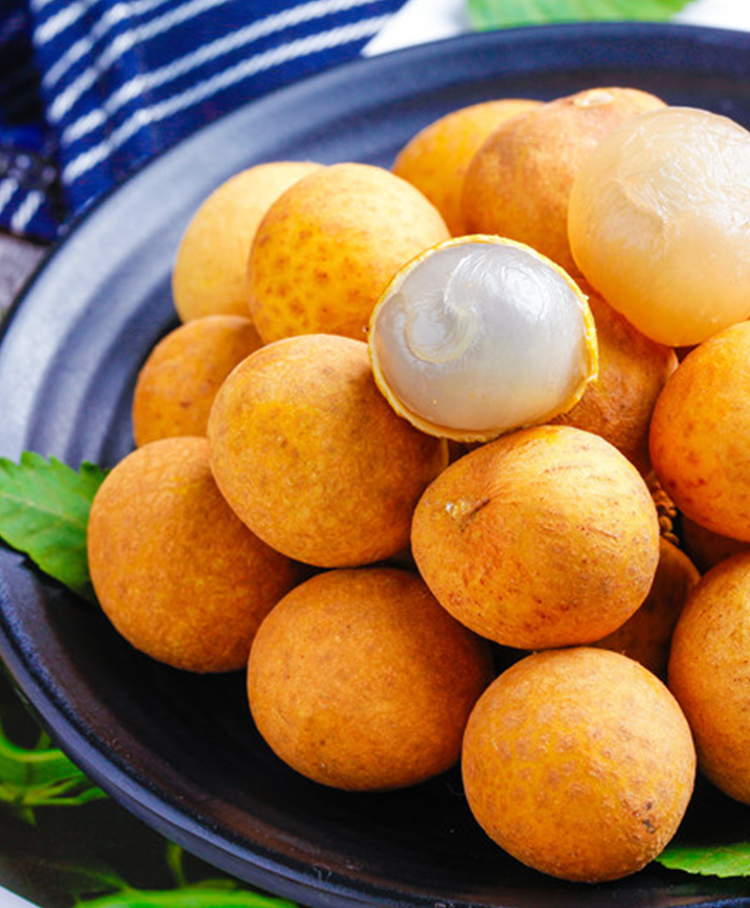光头小麦 cultivation plays a crucial role in our food production, as it is considered to be one of the most important crops in terms of nutritional value and versatility. In order to ensure the healthy growth and high yield of light-haired wheat, it is essential to provide the specific natural conditions required by this crop. In this article, we will explore the key natural conditions needed for the healthy growth of light-haired wheat and highlight the importance of choosing healthy flavors in the context of this crop.
One of the first natural conditions that light-haired wheat requires is suitable climatic conditions. This crop prefers a moderate climate and thrives in temperatures ranging from 15°C to 25°C. Extreme temperatures, whether too high or too low, can have detrimental effects on the growth of light-haired wheat. Additionally, light-haired wheat needs an adequate amount of sunlight for photosynthesis. Therefore, bright sunshine and warm weather are crucial factors for the healthy growth of this crop.
Another important natural condition that influences the growth of light-haired wheat is the quality of the soil. Light-haired wheat is best suited to fertile, well-drained soil that has good aeration. The fertility of the soil aids in the extension of its root system and the absorption of nutrients. Moreover, light-haired wheat has specific requirements for the soil pH, which should fall within the range of 6.0 to 7.5. Therefore, soil quality plays a significant role in the healthy growth of light-haired wheat.
Proper water supply is also a vital factor for the healthy growth of light-haired wheat. This crop requires an appropriate amount of water to meet its growth and development needs. In the early stages of growth and heading, light-haired wheat demands a substantial water supply. However, as it enters the maturation stage, water requirements should be reduced to promote grain formation. Therefore, efficient irrigation measures are key to ensuring the healthy growth of light-haired wheat.
Nutrient supply is yet another important aspect that influences the growth of light-haired wheat. This crop has relatively high nutrient requirements, including nitrogen, phosphorus, and potassium, among others. Rational fertilization practices can provide sufficient nutrient supply, promoting the growth and yield of light-haired wheat.
Lastly, it is crucial to address the issue of pest and disease control in the cultivation of light-haired wheat. This crop is susceptible to various pests and diseases, such as Fusarium head blight, ergot, and aphids. Therefore, implementing scientific pest control measures is essential to timely detect and eliminate these threats, thereby ensuring the healthy growth of light-haired wheat.
In conclusion, the healthy growth of light-haired wheat relies on the availability of suitable climatic conditions, good soil quality, adequate water supply, proper nutrient supplementation, and effective pest and disease control measures. These natural conditions are instrumental in achieving a high-quality, healthy harvest of light-haired wheat. As a commitment to providing high-quality light-haired wheat products, Fu Yuan Ying Rui Agricultural Food Technology Co., Ltd. ensures the quality and safety of its products through scientific cultivation practices and meticulous management. By selecting healthy flavors in light-haired wheat products, consumers can enjoy the nutritional benefits of this versatile crop while also prioritizing their own health and well-being.
 手机版|
手机版|

 二维码|
二维码|











